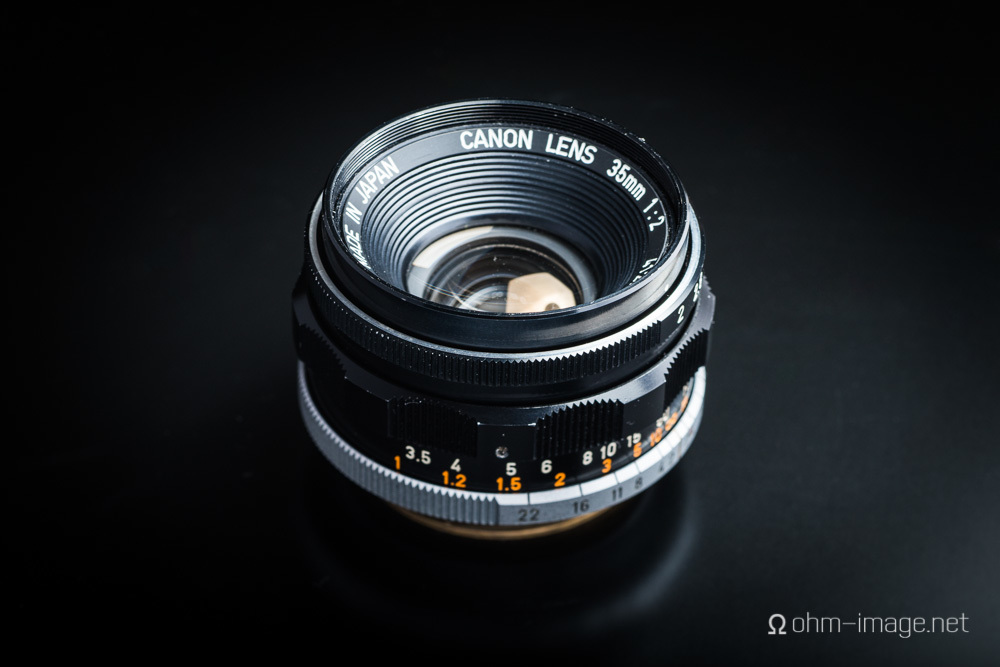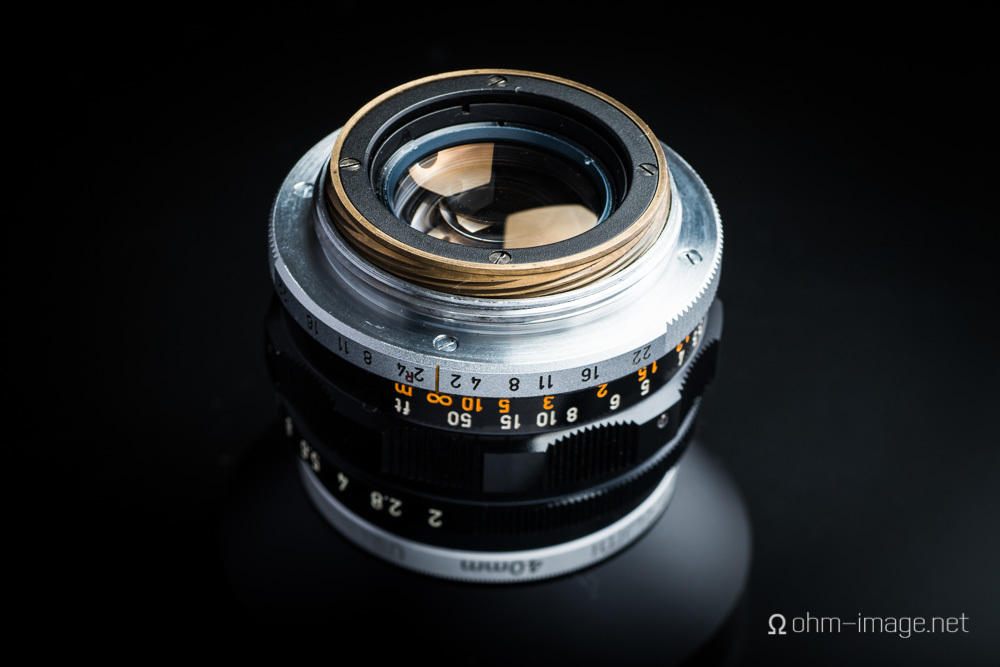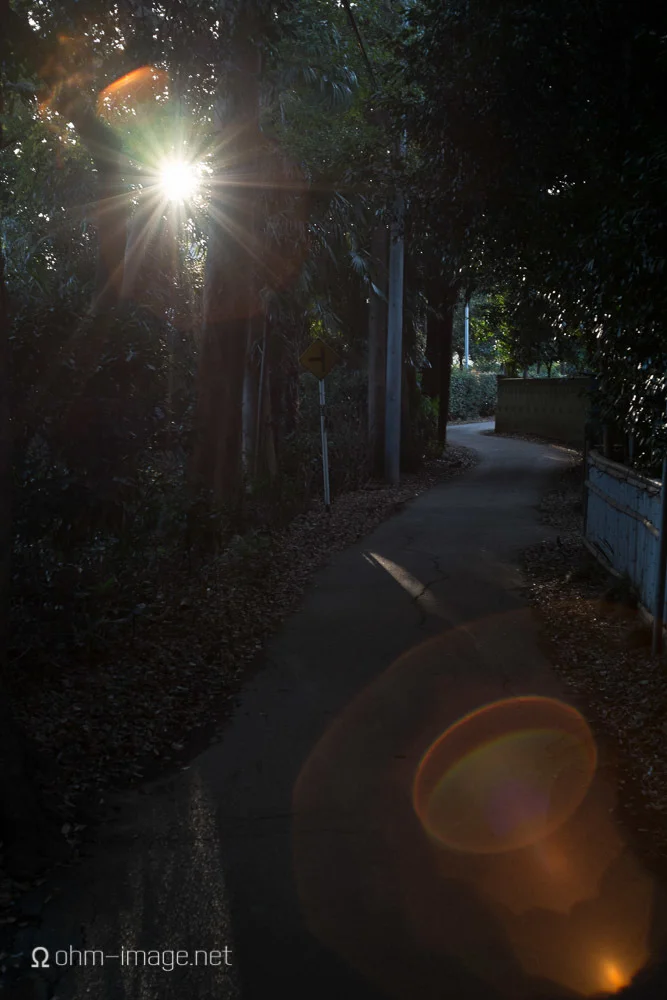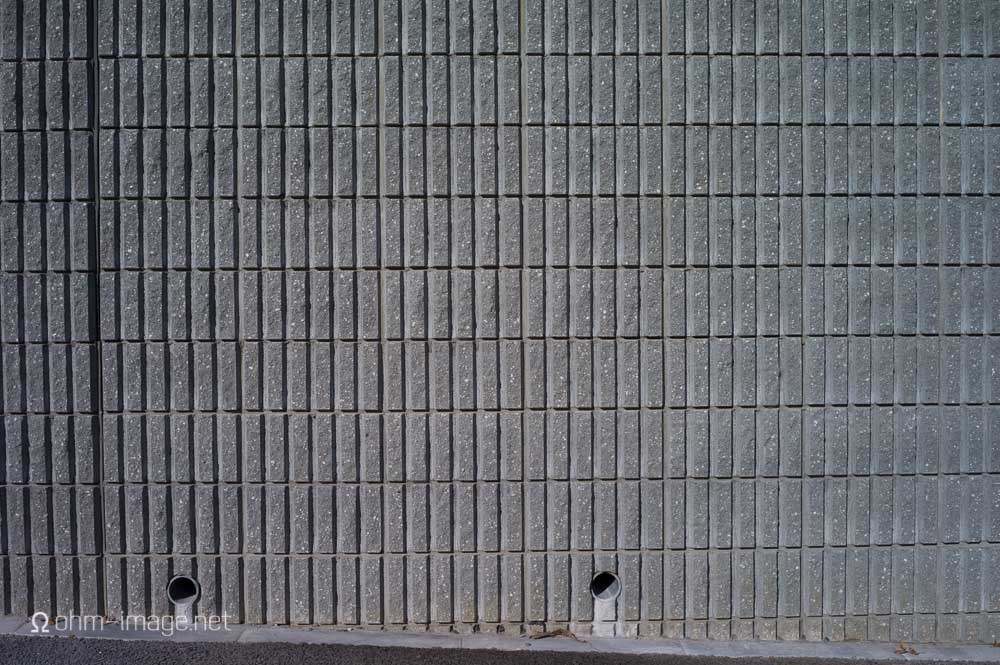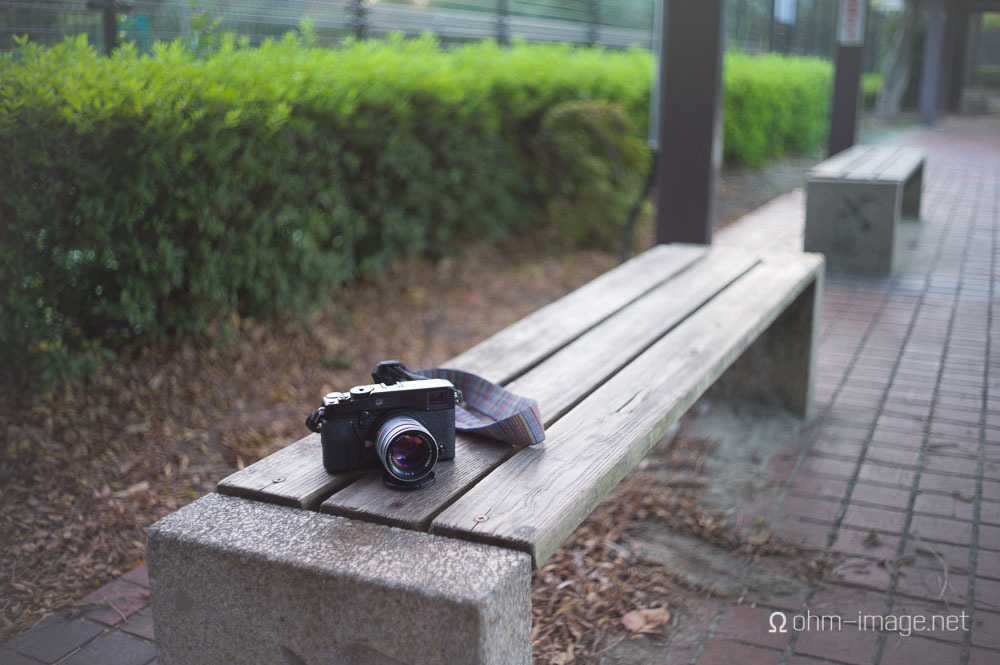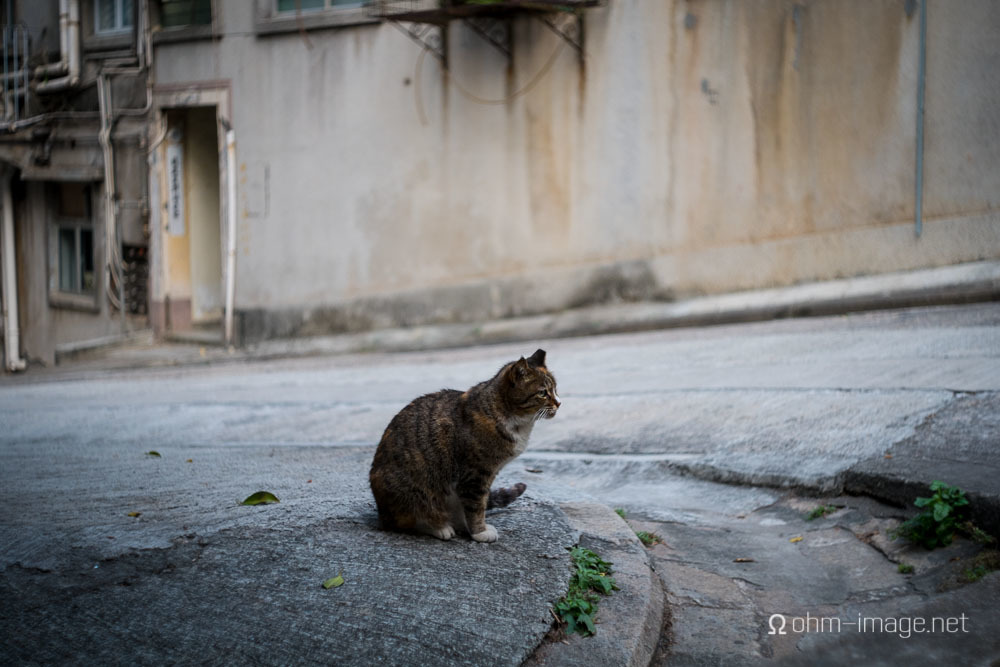Edit: I’ve cleaned up as much grammar as I could, trimmed away the cultural BS, and made this article easier for me to read for a video version.
Post purchase, most of my Canon P life was spent behind a Canon 50/1,4 LTM lens. I’m definitely not a street shooter. I like distance; I like my space. 50mm is a good insulator. It keeps me just far enough away from goddam people. But there’s this thing about lenses and cameras that attracts geeks like me. And with my purchase of the X-Pro 1, more than just the Canon P’s brilliant 1:1 viewfinder beckoned to be filled.
This lens is nimble and small, but unlike the 35mm Summicron of the same vintage, it fits budget-conscious shooters’ bill. Naturally, I picked one up.
That was a few years ago. Today, I shoot for a living. I spend very little time squinting into a finder for fun. I don’t get much time to play. Cameras mean work and lenses mean subjects like headphones and speakers and cables and last minute assignments and amps and lots of time spent in darkened rooms behind beeping Profoto strobes.
But after months of 80-120 hour work weeks, November has come. And like a brilliant, waxed moustache, it is a refreshing break into the silliness of creation, lie ins... and bokeh. I took a walk today. I kicked stones and got mud on my boots. It’s fall. The leaves are down and the thermometer points a bit more southerly than it did just a few weeks ago.
Tokyo is raining but not cold. The locals are bundled up: mufflers and Uniqlo microfleece coats and mitts. Long underwear. Shivering. But it’s just 14 centigrade and I can’t decide whether or not to add an undershirt beneath my thin button down MEC shirt.
A benefit of wearing so little is being so spry. I duck down, ninja-like, lens pointed into a puddle or at a stray ray of light breaking between houses. I click and the shutter rolls over.
It’s fall in my camera once again.
spec
speed: f/2,0
focal length: 35mm; ~53mm on APS-C; ~70mm on m43
mount: Leica Thread Mount (LTM) M39
filter size: 40mm
aperture blades: 9 curved
weight: 120g (lens); 133g (lens with M adapter); 154g (with adapter and hood)
ohmage & porridge: haptics
Aside from the front-mounted aperture ring, Canon’s ‘normal’ LTM lenses look like they belong on small SLRs; Olympus’ famed OM or Pen series are prime suspects. They are tubular, often fluted, and small- smaller in fact than a number of current Leica lenses. Next to their SLR counterparts, they are mere children.
Canon’s chrom-ier LTM lenses have suitably heavy, and smooth, helicoids. The 35/2’s focus and cam helicoids are light and full of wiggle room. Precise focusing - especially in live or magnified views - is troublesome. Through a rangefinder, it’s no bother. And let’s be honest, this lens belongs on an M.
Breezily easy and wiggly focus portends other faults. Aperture detents click heavily, but indistinctly, almost reluctant to find their niches. When they do, their nine blades make wondrous shapes, curving inward from f/4 to f/8.
Because this is an LTM lens, it needs an M39 to M shim for use on an M. I use Voigtlander’s excellent 35/135 M39-M shim to fit this lens to a helicoid adapter. These adapters drop minimum focus distance from 1 metre to below 30cm. And together, the combo is smaller than the X-Pro 1 and XF 35/1,4 lens. It also focuses as closely as good floating-element 35mm lenses. Used as a 50mm equivalent on the X-Pro 1, this combination ruddily swirls and paints images your nifty fifty or equivalent XF lens can only dream of.
porridge: build and finish quality
It’s the looseness of the 35/2 LTM that turns this fall lens all wintry. Metal alone does not denote quality construction. To its credit, this lens is decades older than you, and has survived a bunch of ugly wars. it is a chunky gem. But as metal lenses go, it is a wimp. Tolerances are poor, focus feel is loose- even the paint quality is several steps below that of competing Nikkor and Leica lenses of the time.
It’s no wonder- Canon didn’t really come into their own until a couple of decades later.
All that said, treated well, the 35/2 should last. Its lens coatings are strong and its glass it isn’t prone to smudges or cracks. Its recessed front element dekes out fingerprints; keeping it clean is rather easy.
Japan was in a shambles after WWII. But their camera industry rode a wave of wholesale patents essentially lifted from Germany, whose decision to go it alone incurred a much, much higher loser’s price. And still the 35/2 LTM feels like a quick knockoff. It shoots well, but, despite being called a Japanese Summicron, it has the build quality of a quick Chinese copy.
ohmage & porridge: flare and sunstars
If you like flare, this lens will please you. It returns bright runes encased in natural circles wide open. And those colours stay naturally warm and sunny. Stopped down, the 35/2 LTM’s inwardly curved aperture blades effect more unique shapes.
The hood does little to protect the lens from the ingress of sun when shot at acute angles. But pointed light sources from the side rarely seriously flare.
Its 9 aperture blades return pointed and 18-armed sunstars. 6 to 8 are good enough for me. They needn't be everyone's. Because the 35/2's aperture blades are less precise than most Leica lenses, star points aren't always symmetrical.
NOTE: the below images were taken on the X-Pro 1. None have received any processing.
ohmage: sharpness
Wide open the Canon 35/2 is about as sharp in the centre as any number of modern fast normals. Corners fall off rather fast on the M9 and darken on the X-Pro 1. On film falloff us much softer.
Prior to removing chromatic aberrations, skin glides from detail to detail. Every blemish is visible, but not one is advertised. Areas slightly out of focus will glow faintly; stopped down and of course, the good, the bad, and the ugly pop out. From f/5,6 on, the corners are sharp and contrasty.
ohmage: distortion
Distortion, which bulges out from the centre, isn’t major, nor was my distortion test majorly clever. Still, I see a bit of it both on the small sensor of an X-Pro 1 as well as a larger Leica M, and it shows itself more than that of a Fujifilm 35mm lens.
NOTE: the below imiages were taken at ~1 metre on the Leica M9. From left: f/2; f/4; f/8.
NOTE: the below imiages were taken at ~3,5 metres on the Leica M9. From left: f/2; f/4; f/8
ohmage: colour
More than anything, I love this lens’s colours. They are ruddy and muted in comparison to modern lenses. Reds and browns share similar, strong, rust-coloured palettes. Outside, this combination of rust and old-optic contrast is endearing and addictive. Inside, this lens is bested by most any modern lens. The 35/2‘s palette warms up rainy days and softens super hard shadows. Next to Leica’s Summilux 35/1,4 ASPH, the Canon is warmer, reading summer and spring into every image it helps capture.
Note: the below images were taken on the X-Pro 1. Minor contrast and saturation tweaks have been implemented.
ohmage: bokeh
Textured bokeh is exceedingly rare in modern lenses. It is an acquired taste. Canon’s 35/2 draws out of focus areas very like the famed Summicron 35/2 IV. Near backgrounds retain shape, trending toward tubular stripes, drawn-out, lined, and painterly. Backgrounds go swirly, but not Helios-centripetal. Highlight edges show soft outlines. Mixed background and foreground elements speckle with bright highlights and dappled colours that can dizzily pull you in.
Near-distance nature photographers will find very specific uses for this look. City photographers will find that their subjects jump into shape, highlighted by the unique bokeh and corner fall off. People photographers will probably enjoy the combination of soft, mobile background rendering, which halos around their subjects.
There are smoother bokehs out there. There are blurrier bokehs out there. But few bokeh out there exist that are this addictive, and this worth coming back to. Of course, that look changes rather distinctly between APS-C and full frame or 35mm film.
Note: the below images were taken on the X-Pro 1. None have received any processing.
ohmage & porridge: use on the X-Pro 1
The X-Pro’s colours, and effective crop turn this lens into a very beautiful, very compact 53mm f/2,8. Distortion through an APS-C sensor is negligible. Colours are beautiful. But most of all, this lens’s unique bokeh further stands it out from the pack. The combination of all these elements makes for the most addictive draw I’ve seen in a ‘normal’ lens on an APS-C system, bar none.
Mounted to an X-Pro 1, the Canon is warmer and sharper at wide apertures than the Summilux 50/1,4 Pre- ASPH (my favourite Summilux 50) is on an M9. The Summilux also shares a unique bokeh, but when stopped down to an equivalent f stop of f/2,8, that character largely disappears. Its flare patterns and colours are also much less congruous than the Canon’s are. Of course, the X-Pro 1 / Canon 35/2 LTM combo is much smaller and lighter than is the M9 / Summilux 50 combination.
The biggest downside to the X-Pro 1 combination is the X-Pro 1, which is light years behind even the cheapest of SLRs and rangefinders for using with manual lenses. I have never used a camera so ridiculously behind the curve. It isn’t just its low-resolution EVF that makes accurate focusing difficult. It is its on again, off again responsiveness to 10x and 3x magnification buttons. It is its shutter and EVF lag trail. It is a drag to use, but using it returns beautiful images.
At the time of writing, truly responsive mirrorless cameras didn’t exist. Today they do. What I originally stated still stands: The Canon needs to be mated to a reliable system. Currently, the X-Pro 1 isn’t that camera- at least for manual focusing helicoid lenses. In fact, unless you have all the time in the world, and your subjects are worlds of patience themselves, the X-Pro 1 has only two redeeming quality for use with this lens: smart looks, and colour rendition.
NOTE: the below comparison images were taken at ~1 metre from subject. Left: X-Pro 1 / Canon 35/2; right: Leica M9 / Canon 35/2. Neither has received any processing.
NOTE: the below images were taken on the Leica M9. None have received any processing.
Conclusion
On film I loved this lens. I actually prefer it on digital. Because the Canon P is a well-made beast of a camera, I had expectations that the 35/2 LTM would be a craftsman’s jewel. It isn’t. I want to blame erstwhile reviewers. Perhaps they had seen too much plastic in their day. Perhaps metal, of any quality, felt refreshing.
The Canon 35/2 LTM is loose and imprecise; against compact mechanical benchmark lenses such as a Leica’s Elmarit 28/2,8 ASPH, or Nikon’s 28/2,8 Ai/S, the Canon falls flat. Where it redeems itself, however, few lenses are able to tread.
Warm, sanguine colours, sharp and contrasty image centres, and unique and addictive bokeh, make a happy lens to shoot wide open all day long. When stopped down to f/5,6, contrast and sharpness spread evenly across the frame. And few 35mm lenses get as sharper at f/8 on APS-C. X and other APS-C camera owners are in for a great treat- as long as their cameras are responsive.
At the prices this lens goes for on the bay and Yahoo! Auctions, there exist more effective normal lenses out there. But few are as addictive or return such unique quality to an exposure. And for 135 film and full frame shooters who value the 35mm focal length, this lens is worthy of serious consideration. Just don’t expect it to hold up in the corners to the latest competition.
The year rushes forward. Soon we’ll be tearing chocolate and Legos from advent calendars and passing out in drunken stupors on the steps of our favourite train stations. It’s time to bring out the colder-drawing Leicas and Nikons. But always, deep down, we will long for summer, and that warmth. Thank you Canon.
Below are a few more images, all from Hong Kong.

